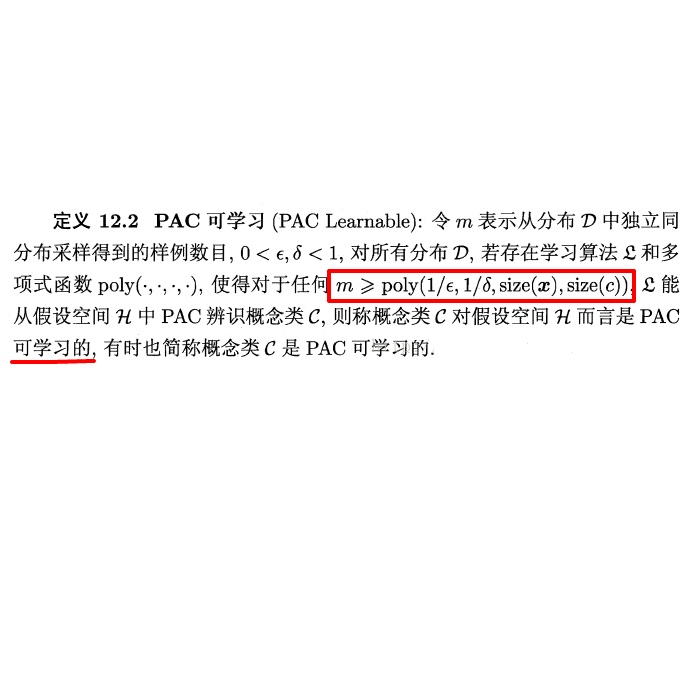We study $(\epsilon, \delta)$-PAC best arm identification, where a decision-maker must identify an $\epsilon$-optimal arm with probability at least $1 - \delta$, while minimizing the number of arm pulls (samples). Most of the work on this topic is in the sequential setting, where there is no constraint on the \emph{time} taken to identify such an arm; this allows the decision-maker to pull one arm at a time. In this work, the decision-maker is given a deadline of $T$ rounds, where, on each round, it can adaptively choose which arms to pull and how many times to pull them; this distinguishes the number of decisions made (i.e., time or number of rounds) from the number of samples acquired (cost). Such situations occur in clinical trials, where one may need to identify a promising treatment under a deadline while minimizing the number of test subjects, or in simulation-based studies run on the cloud, where we can elastically scale up or down the number of virtual machines to conduct as many experiments as we wish, but need to pay for the resource-time used. As the decision-maker can only make $T$ decisions, she may need to pull some arms excessively relative to a sequential algorithm in order to perform well on all possible problems. We formalize this added difficulty with two hardness results that indicate that unlike sequential settings, the ability to adapt to the problem difficulty is constrained by the finite deadline. We propose Elastic Batch Racing (EBR), a novel algorithm for this setting and bound its sample complexity, showing that EBR is optimal with respect to both hardness results. We present simulations evaluating EBR in this setting, where it outperforms baselines by several orders of magnitude.
翻译:我们研究的是$(\ epsilon,\ delta) $- PAC 最佳手臂识别方法, 决策者必须确定一个美元- epslon$- 最佳手臂, 概率至少为 $1 -\ delta$, 概率至少为 1 -\ delta$, 同时将手臂拉动数量( 样本) 最小化。 有关这个主题的大部分工作是在顺序设置中, 使用的时间并不限制 \ emph{time} 来识别这样的手臂; 这使决策者能够一次拉动一只手臂。 在这项工作中, 决策者的最后期限是 $T 回合, 每回合中, 决策者必须确定一个美元- 美元- 最佳的回合, 每回合中, 决策者必须确定一个美元- 每回合的手臂拉动和多少次; 临床试验时, 我们可能需要确定一个稳定的治疗方法, 并且用最精确的顺序来调整一个比值, 我们只需要用一个比值的顺序来决定。




